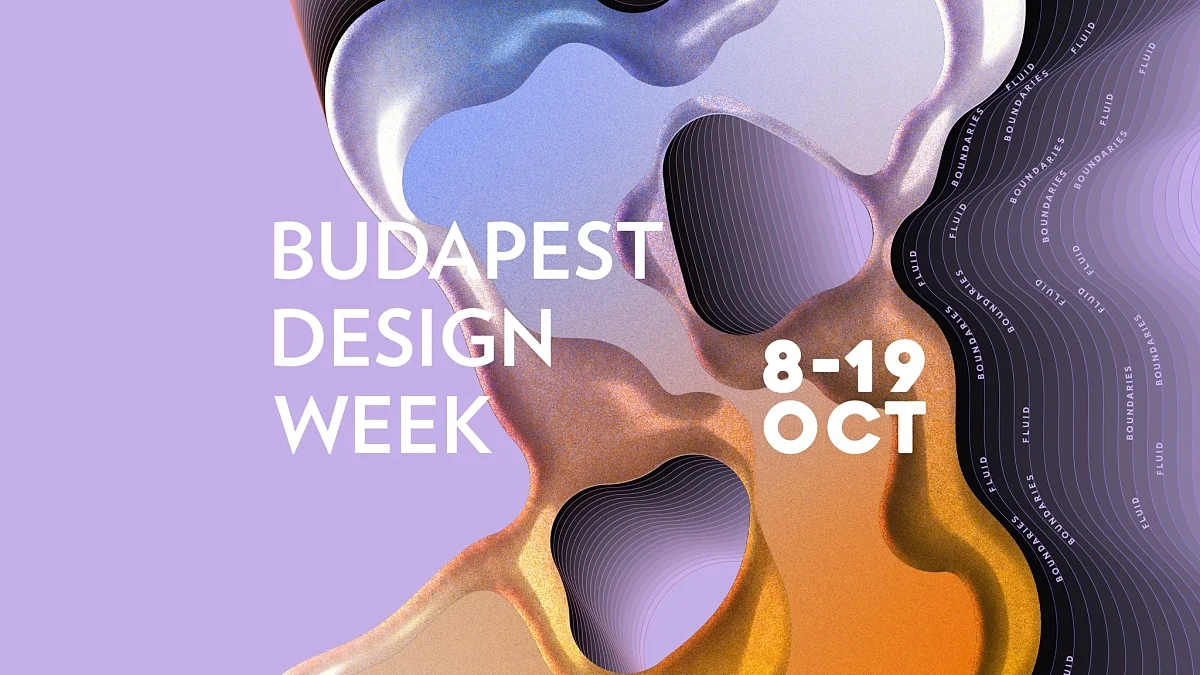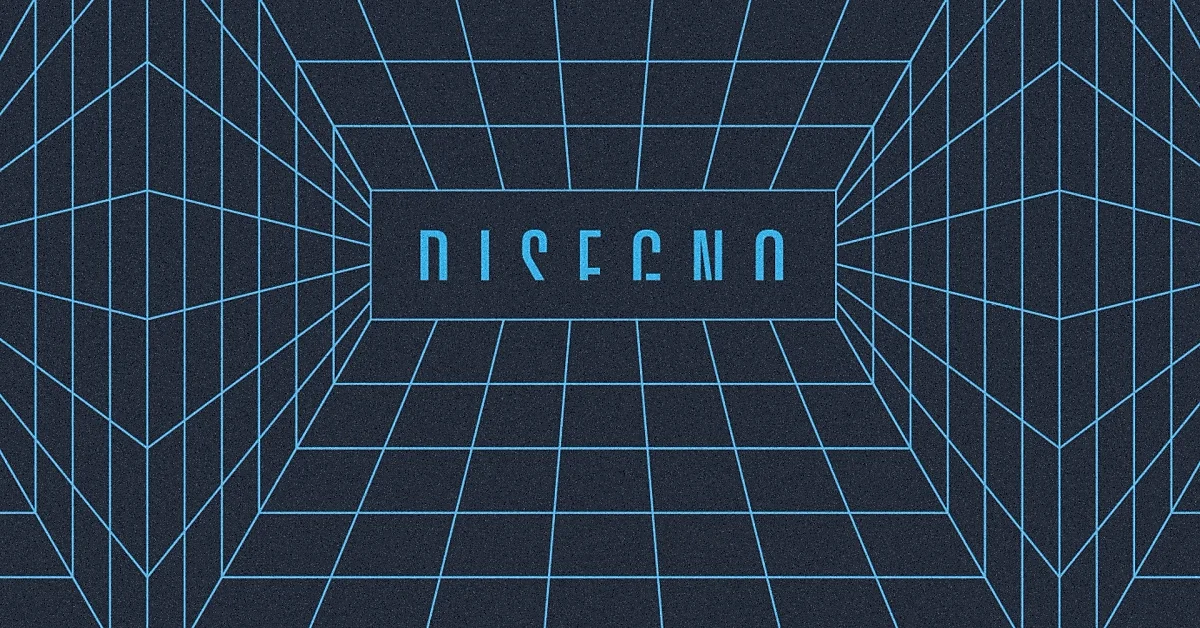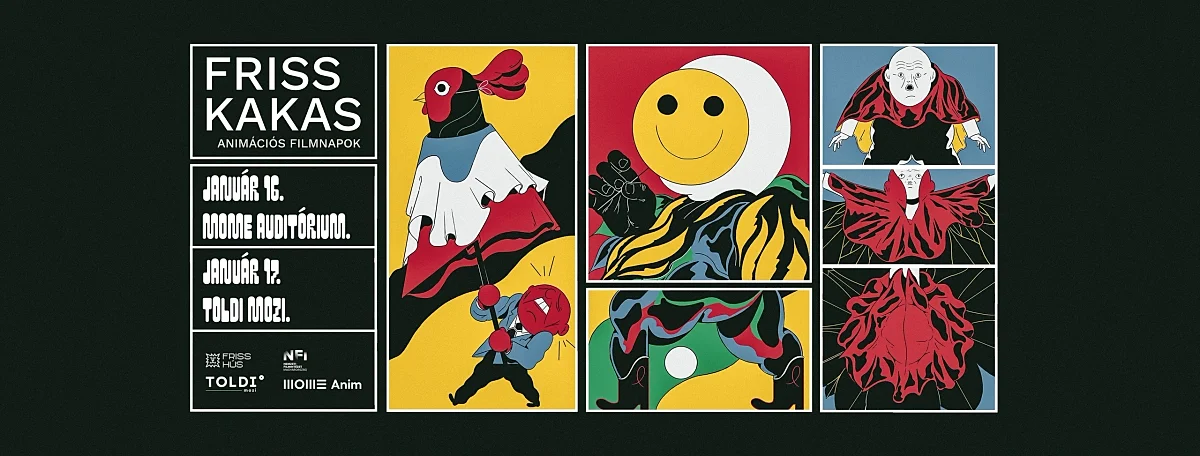
This too is design – Future-oriented MOME events at the BDW 2025
Design as social practice
The exhibition Slowly Opening Spaces is the product of MOME’s long-term collaboration with the Hungarian Charity Service of the Order of Malta. Rather than showcasing objects, it focuses on processes, presenting design as an act of care and connection. The exhibition’s spatial structure is divided into “fields,” inviting visitors to not only observe but to take part – to step in, look closer, and listen. It reflects on how creative practice can generate genuine social value, strengthen communities, and open up new opportunities for disadvantaged groups.
The same social awareness and rethinking of the designer’s role define Szaniter (Bathroom Fixture), an exhibition by the Pompa Copia collective – students of the Art and Design Management MA. The installation confronts the issue of hygiene poverty in Hungary, using personal narratives and spatial associations to uncover the social and infrastructural dimensions of access to hygiene. It is accompanied by a photographic series shot in real locations, bridging artistic interpretation and documentary truth. Szaniter reflects the critical and socially committed perspective that underpins MOME’s design management education.
Fieldwork – rethinking built industrial heritage
The same attitude is central to architectural education at MOME. During their 2025 summer field camp, students of the Studio B architecture course built a community pavilion in the courtyard of the Fellegajtó Foundation. The documentation exhibition presented at the Kiscell Museum as part of Unlimited Design captures not only the physical reality of the completed structure, but also the complex process behind it – one shaped by collective creation and a sensitivity to genuine community needs.
From local interventions to the scale of the city, this approach is exemplified by the exhibition From Heritage // to Future // the New Life of the Tungsram Factory Town, which explores the future of an entire district. The heritage of this former industrial area, its current transitional state, and its future potential have become the focus of research, conceptual design, and critical dialogue. Realised in collaboration with three universities, including MOME’s Architecture programme, this interdisciplinary project features guided walks, spatial installations, and a mini-conference, and explores new ways of interpreting architectural heritage and the possibilities of circular urban development. The emphasis lies not only on preservation, but on integrating new functions and community spaces into the existing fabric.
New materials shaping the future
Circularity – an increasingly important principle in architecture and design alike – takes centre stage at this year’s Future Materials conference. Now in its fourth edition, it once again brings together industry and academia to exchange knowledge and explore forward-looking approaches to material research and design through international case studies, pilot projects, and design processes grounded in material research. Beyond the technological aspects, the conference also addresses the social and environmental responsibility of material use, with a focus on developing new materials that can be integrated into system-based design and construction practices
Alongside the talks, Future Materials offers hands-on workshops providing rare opportunities for in-depth engagement with each theme. Participants will be able to look into TinyML and its potential applications in design with former Arduino specialist Davide Gomba; discover the intersection of 3D printing and ceramics through the lens of digital craftsmanship with Juszuff Kovács; and learn from Studio Nima how bio-based materials can be scaled from laboratory experiments to market-ready solutions. Barbara Pollini will introduce the principles of bioreceptive design through creating sculptural objects capable of hosting living ecosystems, while founder of Hempy People Dr Beatrix Henkel will present the potential of industrial hemp, a traditional yet future-focused material.
Systems reimagined: data visualisation and media switches
Project Healthperiment draws attention to the importance of interpreting our data thoughtfully and explores how data visualisation can become a personal, sensitive, and interpretive tool. While countless apps and striking visual dashboards help us track our physical and mental wellbeing, the real question is what stories these numbers and charts can tell, what meaningful connections they reveal, and how they might help us look after our health. Through creative data visualisations and personal data-gathering projects, the exhibition offers new perspectives on the narratives behind smart devices and statistical reports, transforming them into engaging visual reflections. Developed with professional support from MOME, and contributions from researcher Mihály Minkó and senior project manager Andrea Kovács, the exhibition is part of Magyar Telekom’s Data Experiment programme and is featured in the official programme of Budapest Design Week.
The exhibition HIGHLIGHTS showcases a selection of MOME’s Graphic Design BA student works from the past five years. Alongside classical tools such as typography, illustration, and visual identity design, the selection features moving image, sound, micro-animation, and interactive or coded interfaces. The show explores the logic of medium switches and the interplay between conventional and augmented design tools, illustrating how much creative joy exploring unfamiliar territories and crossing boundaries can bring to artists. The Graphic Design BA and its Illustration specialisation at MOME both place strong emphasis on diversity, progressiveness, and a boundary-pushing creative mindset. This pop-up exhibition captures a snapshot of a constantly evolving creative process that crosses into adjacent disciplines.
More details about the events: https://budapestdesignweek.hu
or on Facebook.


